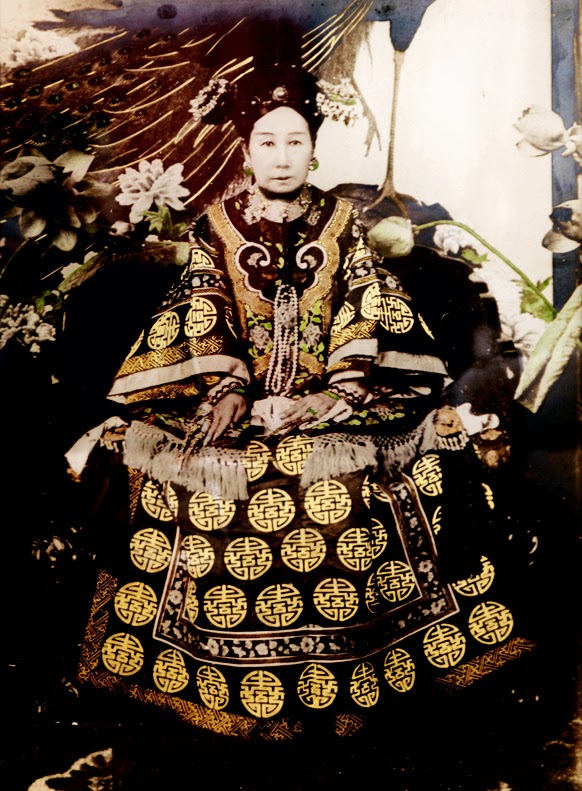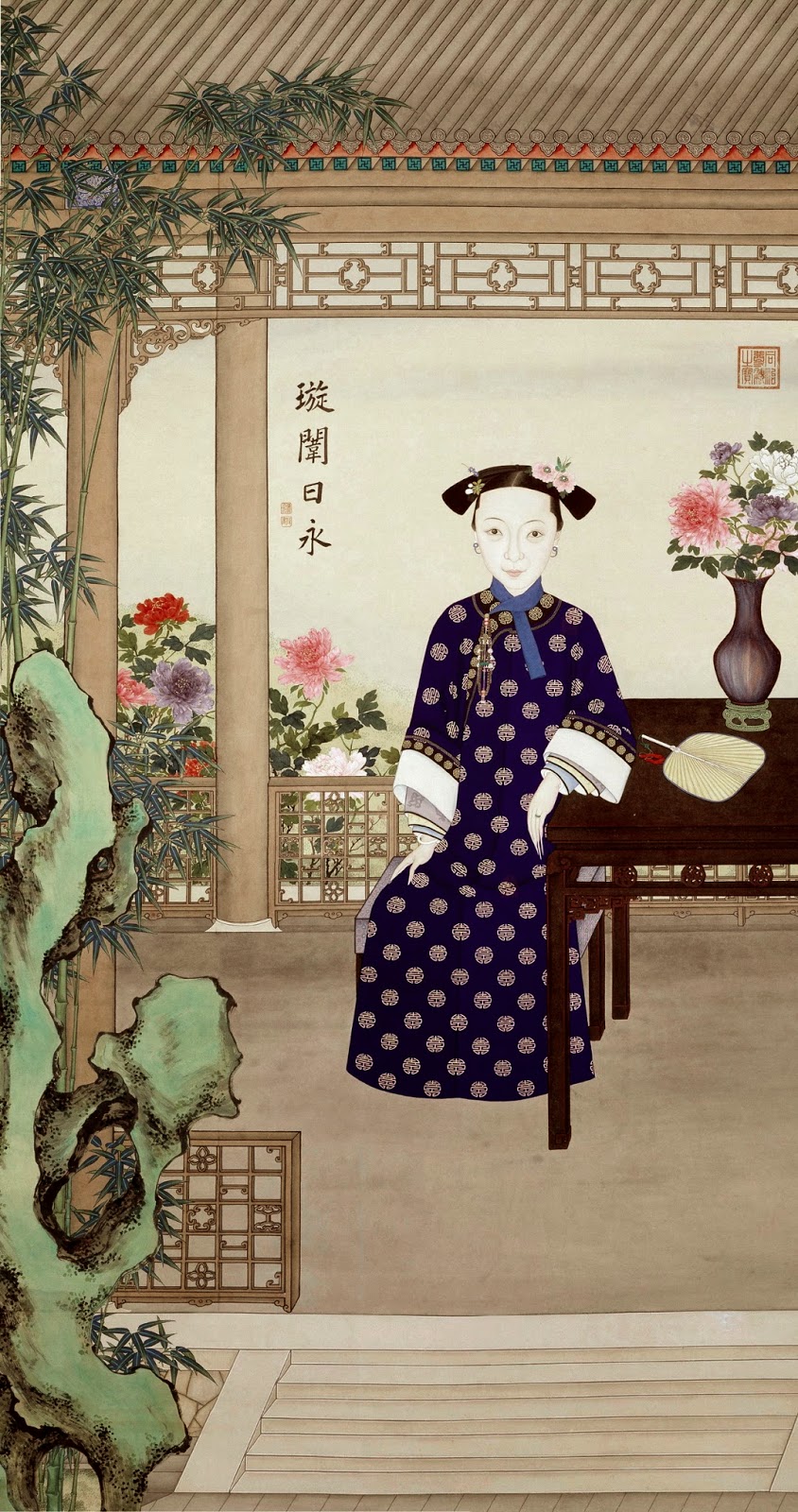 |
|
The Seven Sacraments Altarpiece, 1445-50, by Rogier van der Weyden, shows the use of chrism, or holy oil, in the sacraments of baptism and confirmation on the left.
|
Local artist
 |
|
The Tiger, 1929, Charles Livingston Bull, for Barnum and Bailey.
|
 |
|
Saturday Evening Postcover art, March 6 1918, by Charles Livingston Bull
|
 |
|
Boys’ Life cover art, Apr 1932, by Charles Livingston Bull
|
How not to buy art
 |
| And here, a genuine Pablo Picasso. You can tell he really did it because of the bull. |
 |
| And who would try to forge an Egon Schiele anyway? Just everyone, that’s who. |
Let me know if you’re interested in painting with me in Maine in 2014 or Rochester at any time. Click here for more information on my Maine workshops!
For sale to the highest bidder
 |
|
Michael Chesley Johnson’s painters having a huge impact on the environment.
|
 |
| Tower Falls at Yellowstone, by Thomas Moran, 1876. We have national parks in the west in large part because of artists like Moran. |
How do we train new plein air artists in that historic tradition? By taking them out into the field, of course.
 |
| Another plein air painter in one of Michael Chesley Johnson’s workshops. |
The Pope’s Daughter
 |
|
Portrait of a Woman, early 16th century, by Bartolomeo Veneto, is assumed to be a portrait of Lucrezia Borgia.
|
 |
|
Portrait of a Youth, c. 1518, by Dosso Dossi, is also presumed to be a portrait of Lucrezia Borgia. If so, it was painted at the end of her life. It radiates exhaustion and cynicism.
|
Seeking a crown
 |
|
Portrait of Mary Tudor by Antonis Mor, 1554. Whatever else you might say about the Tudors, they had fantastic portrait painters working in their courts.
|
 |
|
Portrait of Mary Stuart, 1578-79, by Nicholas Hilliard. The mount was done in the next century; the painting is watercolor on vellum.
|
Let me know if you’re interested in painting with me in Maine in 2014 or Rochester at any time. Click here for more information on my Maine workshops!
A true warrior queen
 |
|
From that to the absurd: the Duchess of Devonshire dressed as Zenobia for her own Jubilee Costume Ball in 1897. Playing dress-up Zenobia has been popular forever, it seems.
|
The Empress Dowager Cixi
 |
|
A tinted photograph of the Empress Dowager Cixi, Regent of the Qing Dynasty. Her portraits included a painting given to Teddy Roosevelt as well as extensive photographs.
|
 |
|
Concubines of the Xianfeng Emperor fishing at a pond, 19th century. The figure at left is probably Cixi; the one at right is the Empress Ci’an.
|
 |
|
Portrait of Empress Jiashun, Cixi’s daughter-in-law. It is speculated that Cixi poisoned her when she was pregnant with an heir to Cixi’s dead son.
|
The Empress Dowager Ci’an died suddenly in 1881; rumors swirled that Cixi had poisoned Ci’an. Now the sole Regent, Cixi maintained her iron grip on power even after the new Emperor reached his majority and began to reign as the Guangxu Emperor.
Let me know if you’re interested in painting with me in Maine in 2014 or Rochester at any time. Click here for more information on my Maine workshops!
Two Elizabeths
 |
|
This Bavarian polychrome statue of Elizabeth of Hungary, c. 1520, is so lifelike that she could be the engineer in the next cubicle.
|
 |
|
Saint Elizabeth of Hungary, c. 1365, by Pietro Nelli, tempera and gold on panel, focuses on her miracle of the roses.
|
 |
| Mother Seton lived too recently to be the subject of great art. (In part, contemporary artists are hampered by having some idea of what she looked like.) Here, from a prayer card. |
In 1802, the family’s fortunes reversed: William Seton declared bankruptcy and sailed for Italy in an attempt to cure his tuberculosis. The trip killed him. It was there that Seton was introduced to Catholicism, to which she converted in 1805.
Great Dames
One of Fraser’s primary subjects is Britain’s Boadicea. I have a half-finished portrait of her in my studio that I will be working on next week.
 |
|
Boadicea Haranguing the Britons, line engraving, published 1793, by William Sharp, after John Opie. The engraving is finer than the painting.
|










